General Landscape Uses: Accent shrub. Buffer plantings.
Ecological Restoration Notes: A common element of hammocks in South Florida, mostly along the coasts.
Description: Medium to large shrub or rarely a small tree with an erect trunk and a narrow crown. Branches often thorny. Bark gray. Leaves glossy, from 1/2 to 2 inches in length. An extremely variable species.
Dimensions: Typically 6-8 feet in height, but often taller on barrier islands. Taller than broad.
Growth Rate: Moderate to slow.
Range: Monroe County Keys north along the coasts to Brevard and Hillsborough counties; West Indies, Mexico, Central America and South America.
Habitats: Moist forests, forest edges and pinelands.
Soils: Moist, well-drained sandy or limestone soils, with humusy top layer.
Nutritional Requirements: Moderate; can grow in nutrient poor soils, but needs some organic content to thrive.
Salt Water Tolerance: Low; does not tolerate long-term flooding by salt or brackish water.
Salt Wind Tolerance: Secondary line; tolerates significant salt wind without injury, but usually is somewhat protected.
Drought Tolerance: High; does not require any supplemental water once established.
Light Requirements: Full sun to light shade.
Flower Color: White.
Flower Characteristics: Semi-showy.
Flowering Season: All year.
Fruit: White berry with indigo pulp.
Wildlife and Ecology: Provides significant food and moderate amounts of cover for wildlife. Larval host plant for tantalus sphinx (Aellopus tantalus) moths. Nectar plant for Schaus’ swallowtail (Heraclides aristodemus) and other butterflies.
Horticultural Notes: Can be grown from de-pulped seed and cuttings. Scatter seeds over soil and barely cover. Place in light shade. Transplant into liners after first true leaves emerge.
Comments:

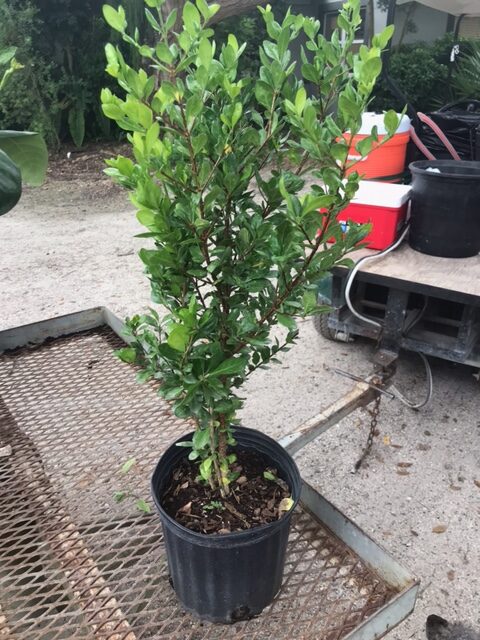

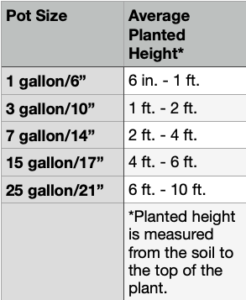
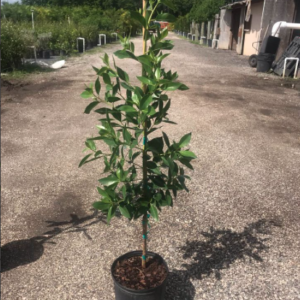
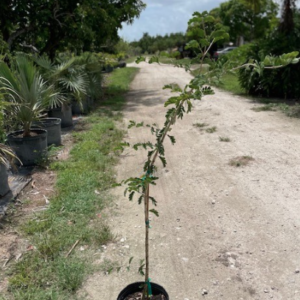
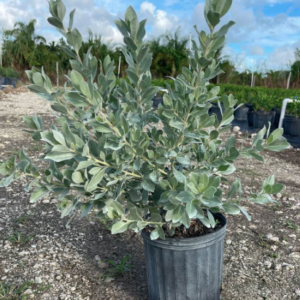
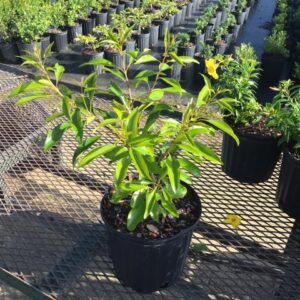
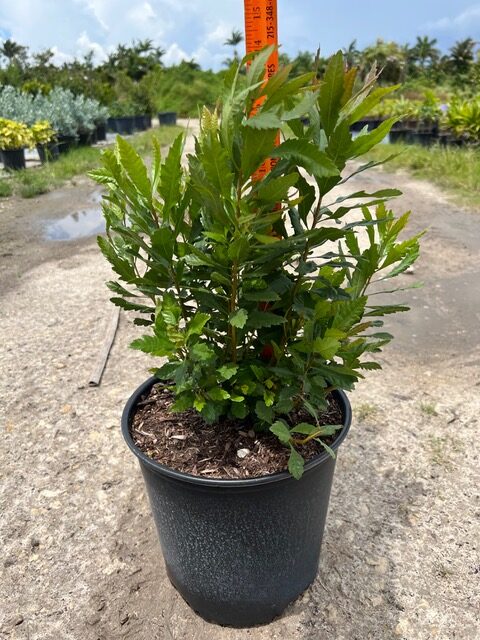
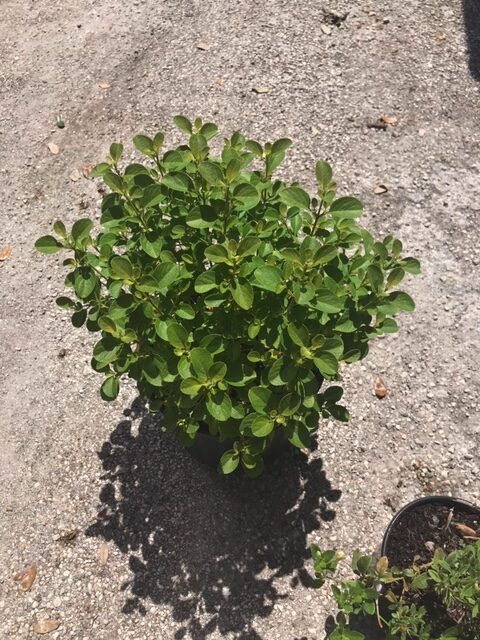
Reviews
There are no reviews yet.